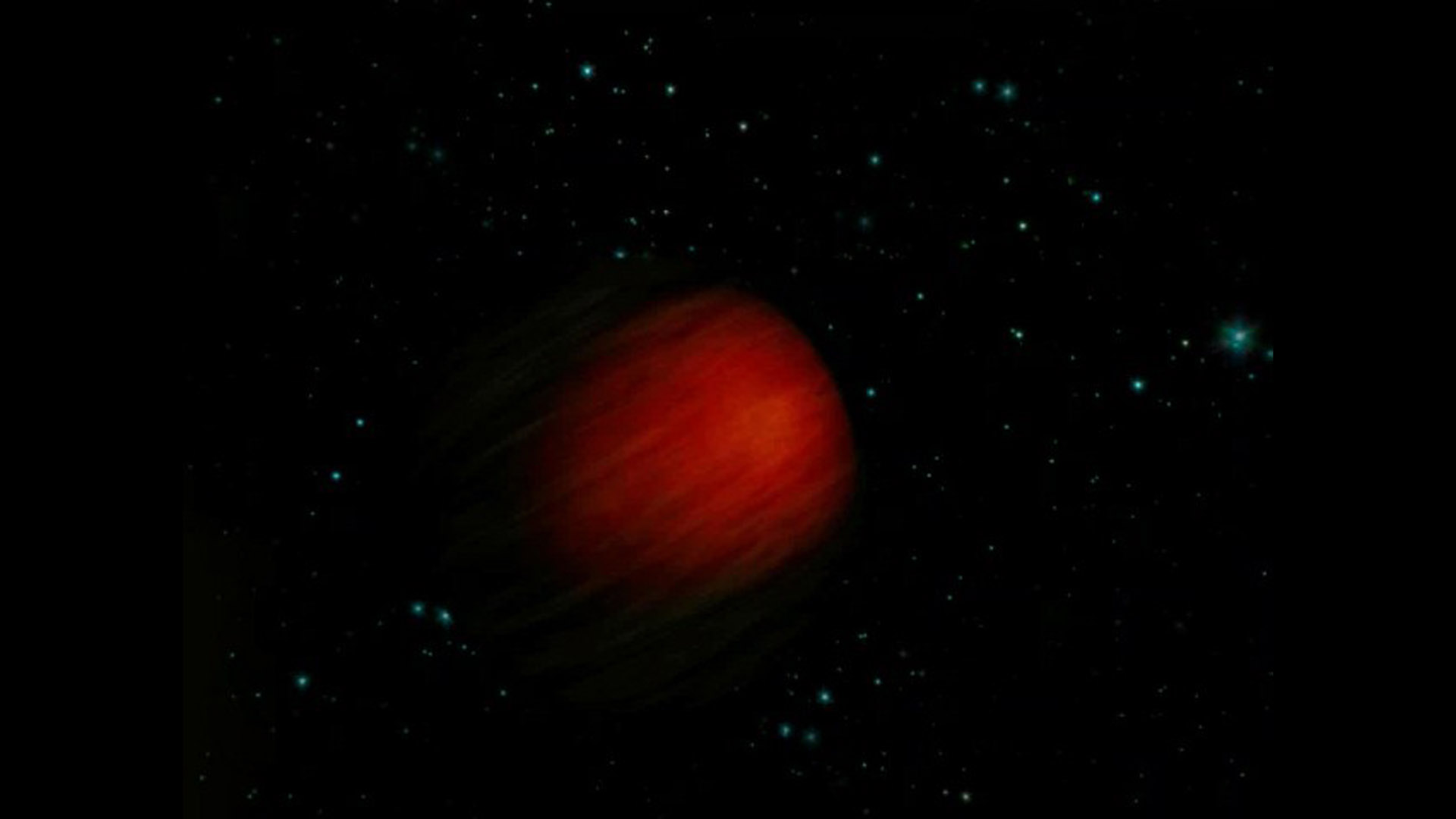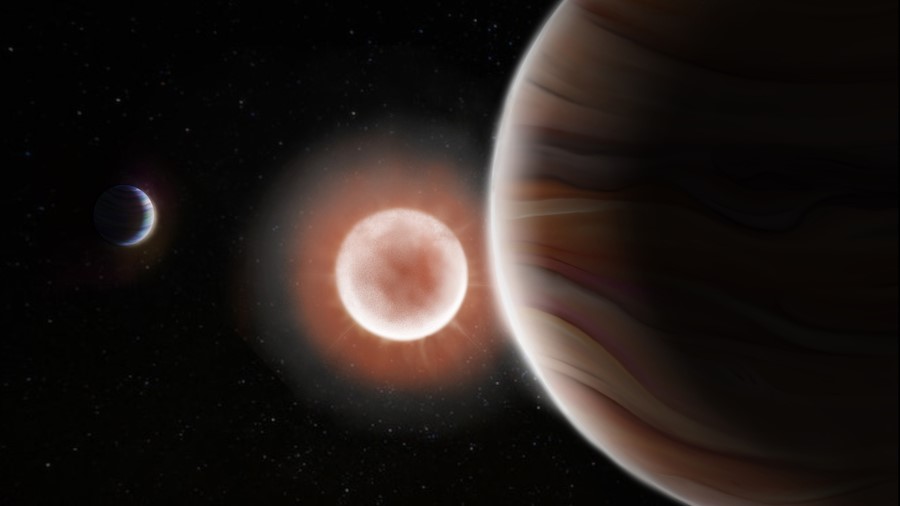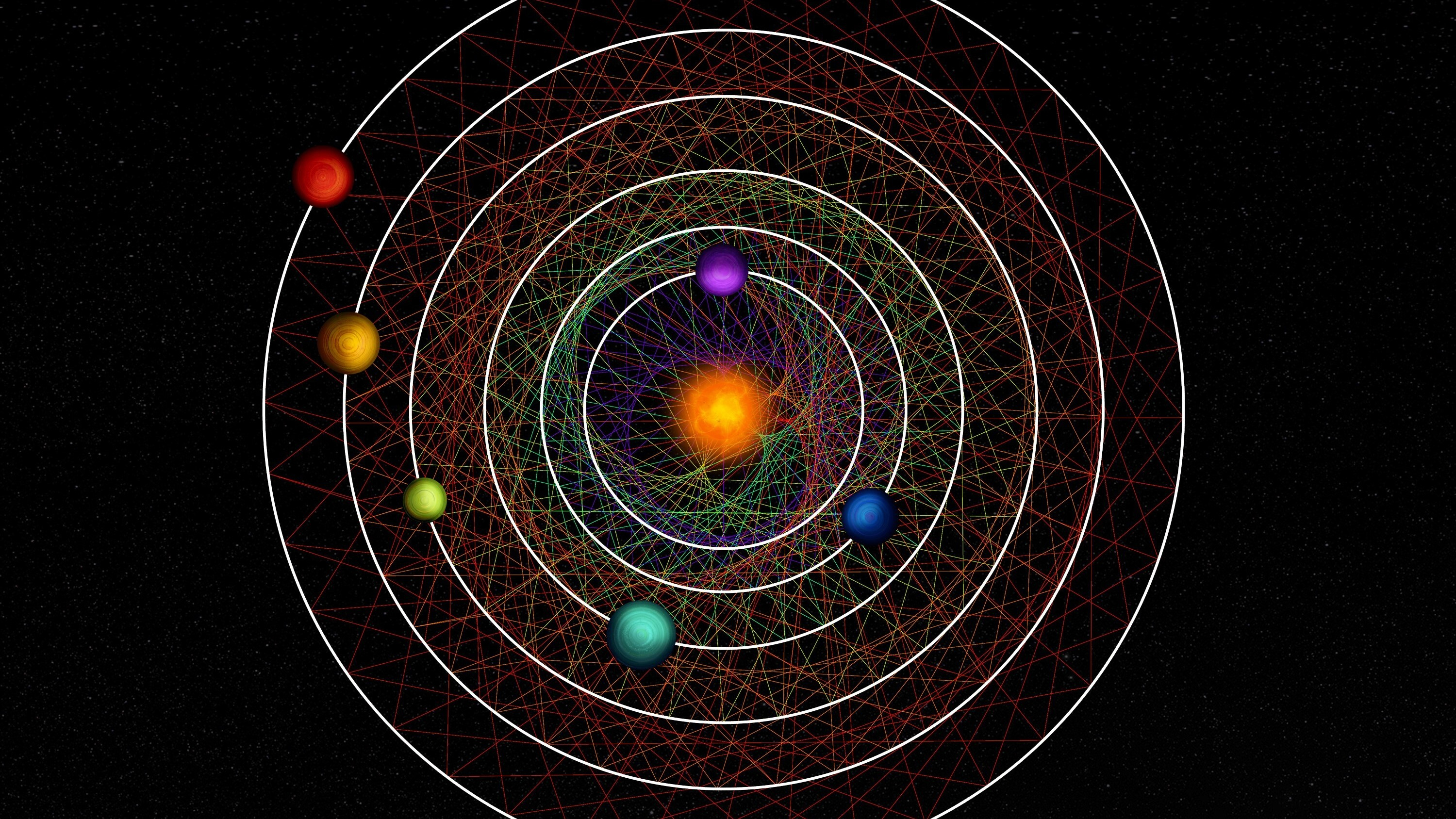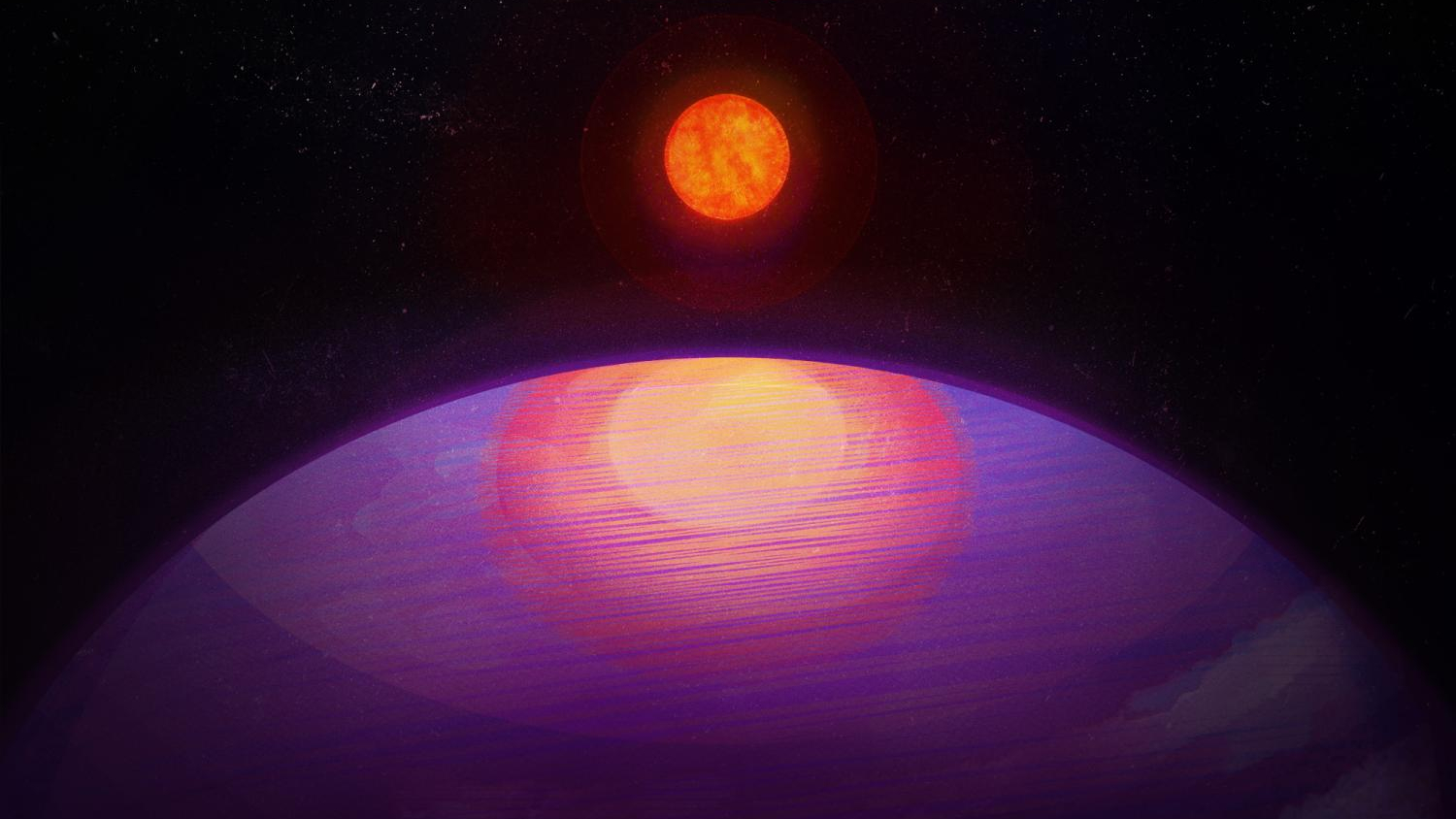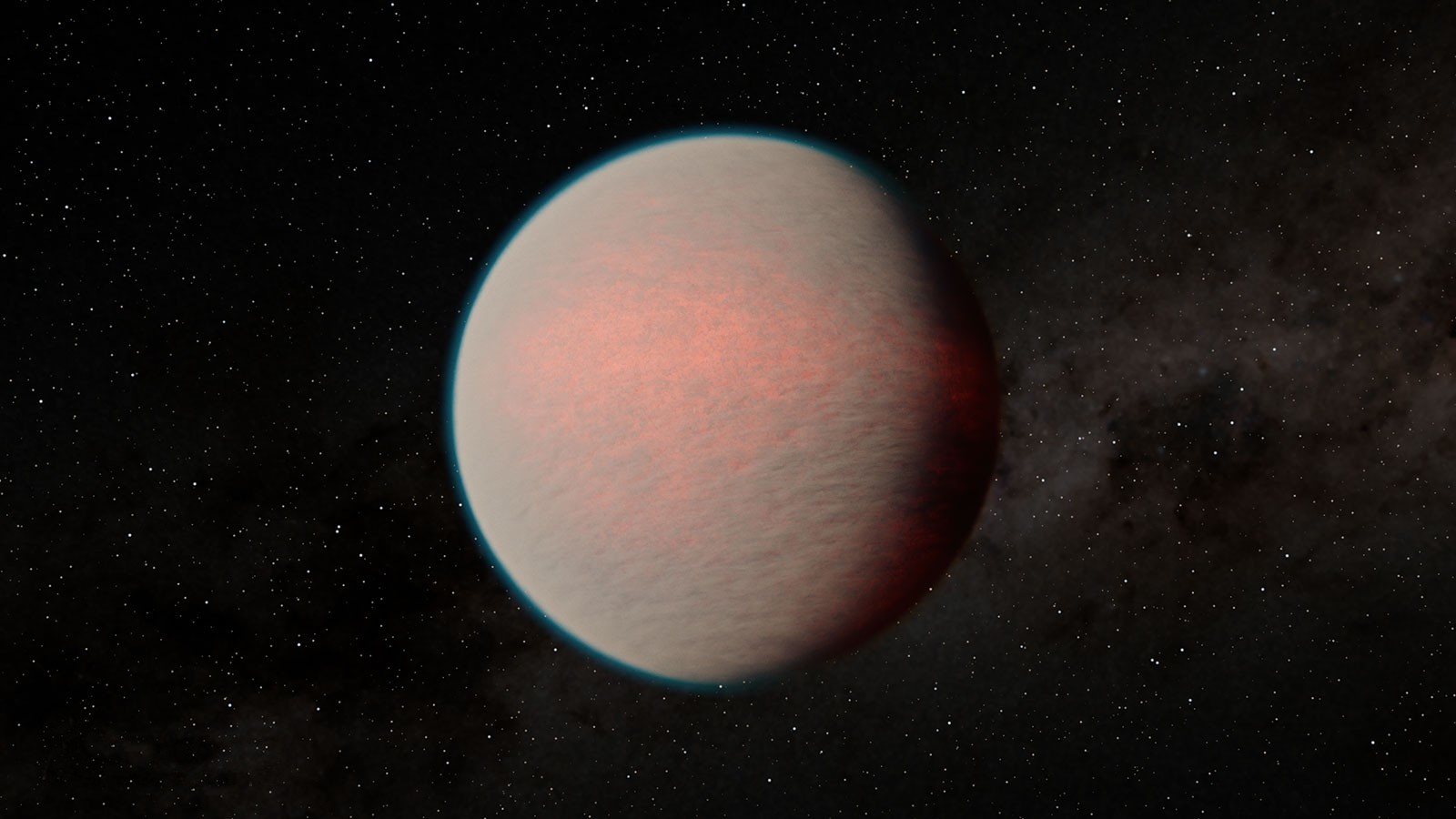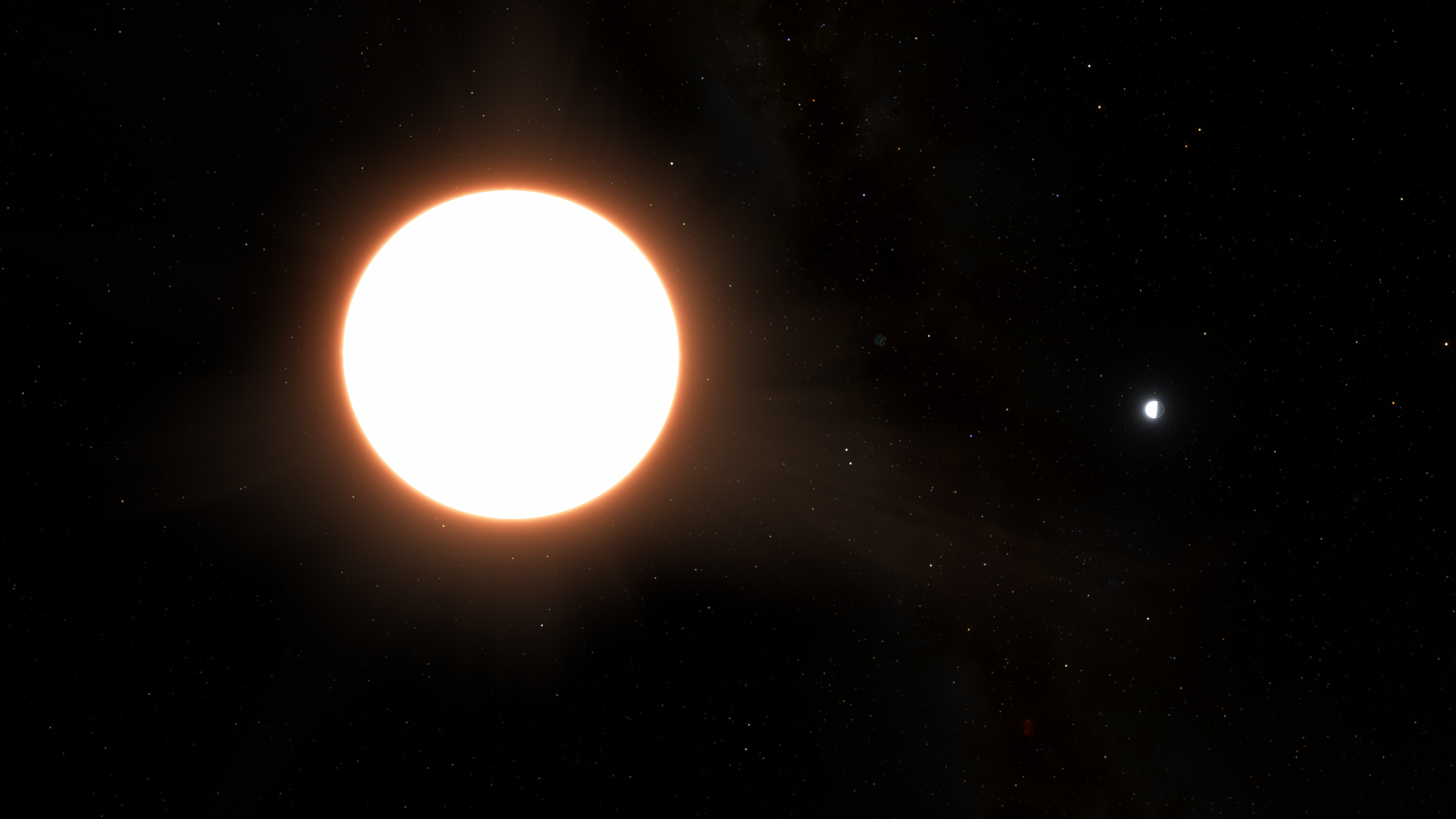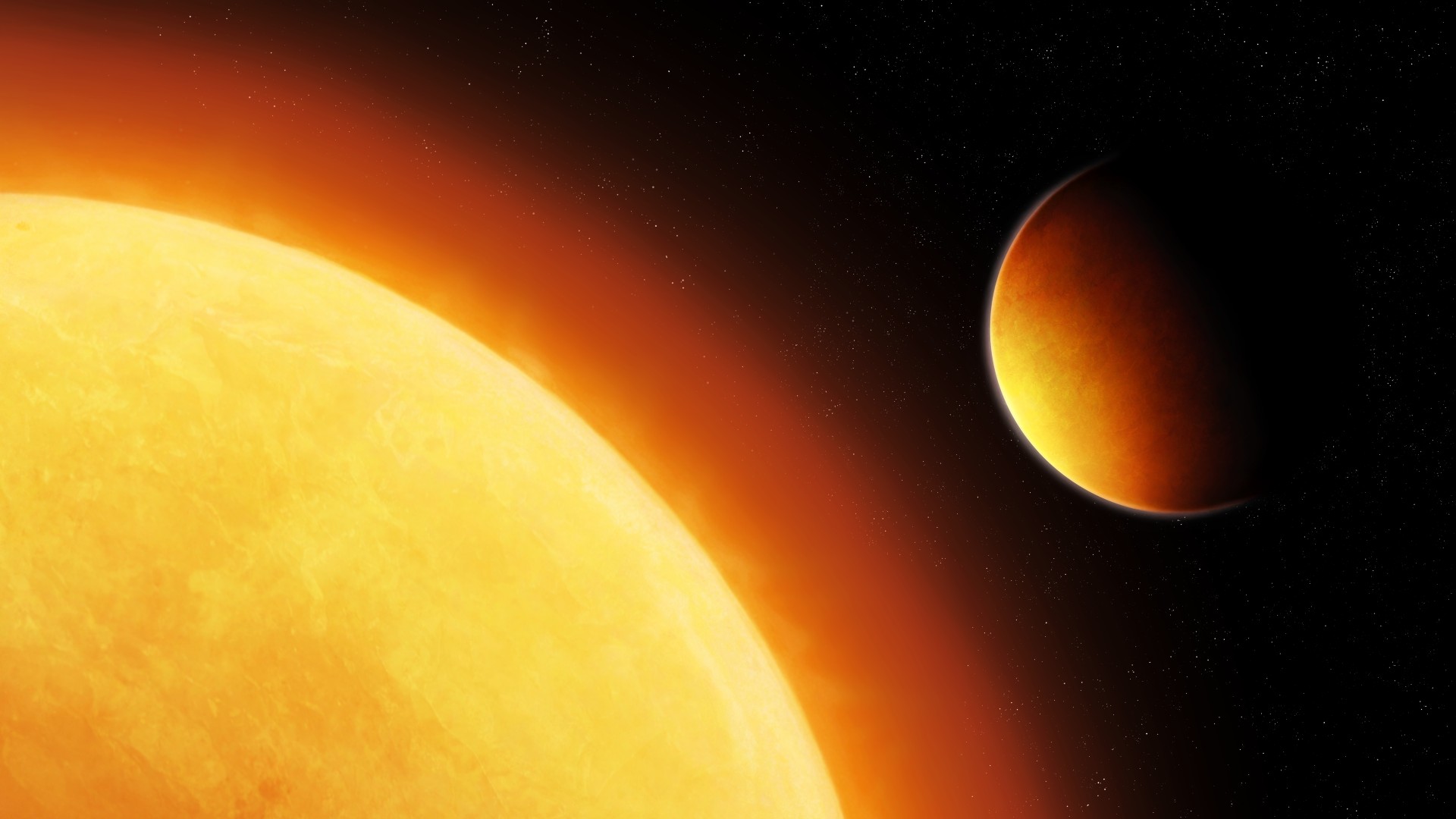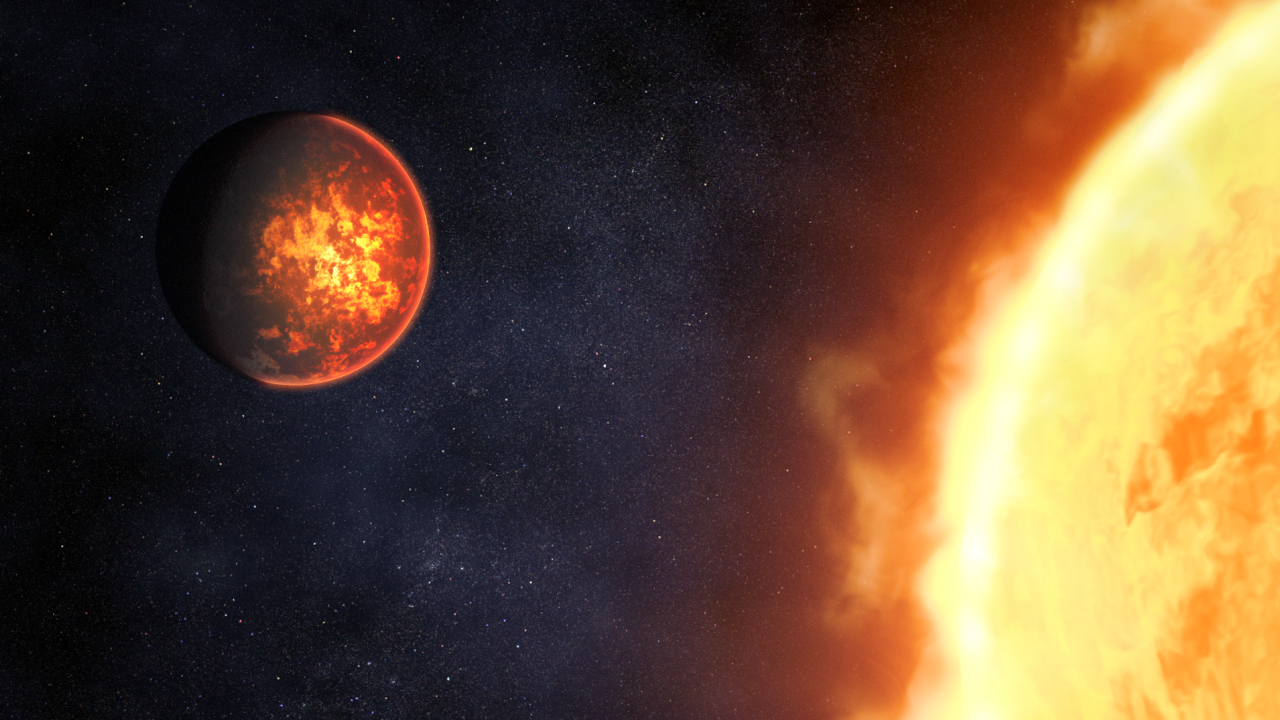12 out-of-this-world exoplanet discoveries in 2023
In 2023, scientists made some pretty smashing exoplanet discoveries. Here are the highlights.
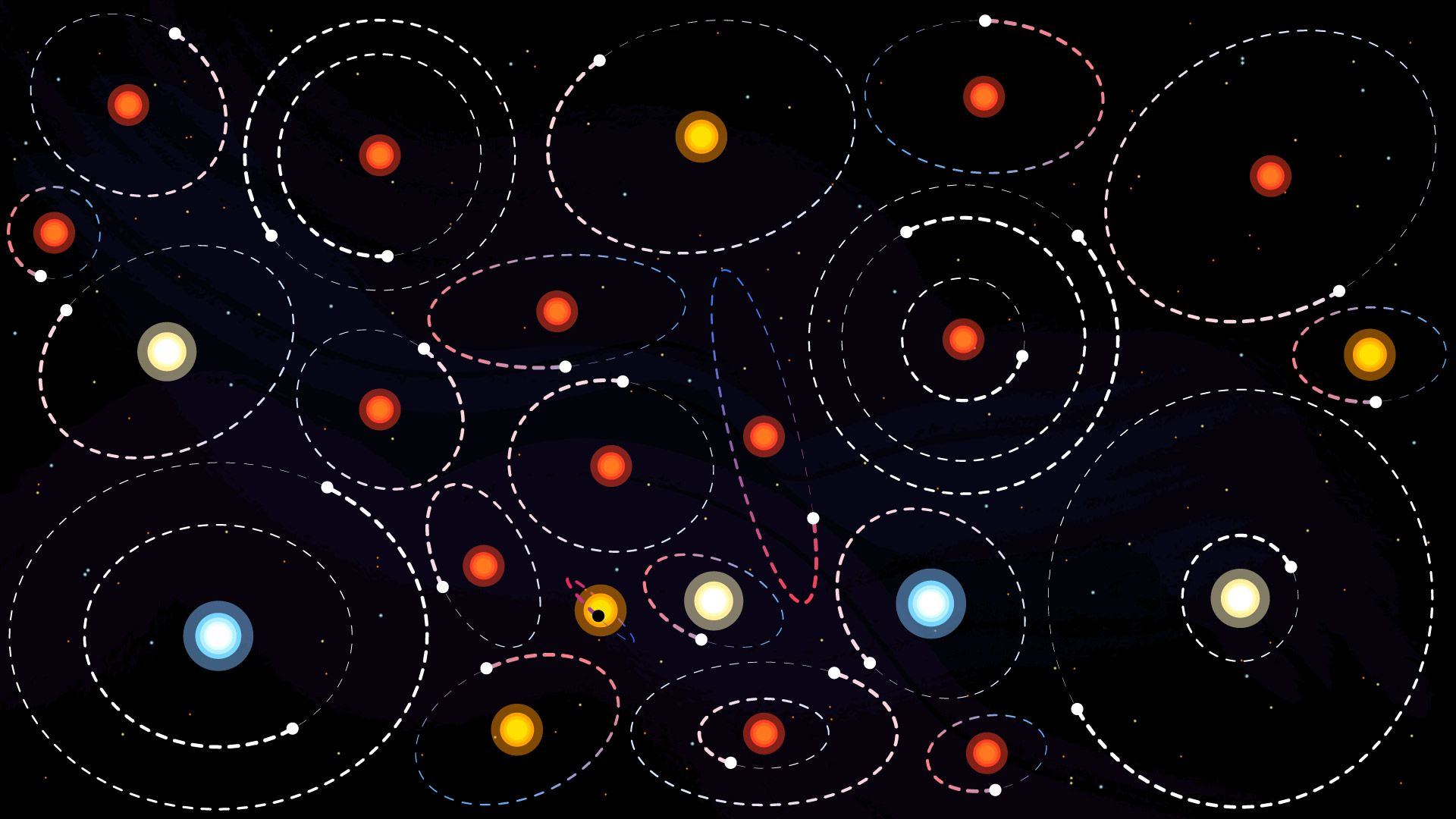
- 1. JWST Identifies Heavy Elements in Distant Gas Giant's Atmosphere
- 2. TESS Spots World With Long Orbital Period and Cold Surface Temperatures
- 3. Rare Planetary System Has Six Close Orbiting 'sub-Neptunes'
- 4. Massive Planet Discovered Orbiting Tiny Star
- 5. Astronomers Capture Longest Video of Travelling Exoplanet
- 6. Trappist System Planets Resemble Mercury
- 7. Mini Neptune Cloaked in Haze Unlike Anything From Our Solar System
- 8. Metallic Clouds on Planet Act as Gigantic Cosmic Mirror
- 9. Scientists Observe Planet Losing Its Atmosphere
- 10. Binary Star System Home to Dual Worlds
- 11. Scorched World Has Atmosphere of Vaporized Rock
- 12. TESS Data Reveals Eight 'Super-Earths'
This year saw planetary scientists add a number of exciting new worlds to our growing 5,000+ catalog of exoplanets. Among them are planets like we have never seen before. Here is a look back at some of the standout exoplanet discoveries of 2023.
1. JWST Identifies Heavy Elements in Distant Gas Giant's Atmosphere
Earlier in the year, observations made with the James Webb Space Telescope (JWST) confirmed the presence of heavy elements — carbon and oxygen — in the atmosphere of the distant exoplanet HD149026b. The planet is more commonly known as Smertrios.
The discovery came as a surprise to astronomers, as gas giants from our own solar system, such as Jupiter and Saturn, predominantly house only hydrogen and helium in their atmospheres. The general rule tends to be, the bigger the planet, the less heavy elements in its atmosphere. The discovery turned this idea on its head.
Read more here: James Webb Space Telescope finds a 'hot Jupiter' exoplanet that defies expectations
2. TESS Spots World With Long Orbital Period and Cold Surface Temperatures
NASA's Transiting Exoplanet Survey Satellite (TESS) has added roughly 2,000 worlds to our menu of exoplanets, however, one particular planet, a gas giant called TOI-4600c stood out to planetary scientists.
Most discovered exoplanets orbit very close to their home star, however, TOI-4600c orbits its star every 482.82 days or 16 months. This gives it the longest year for any planet discovered by TESS. The gas giant is also a cool -110 degrees Fahrenheit, or -78 degrees Celsius at the surface.
Read more here: NASA's exoplanet hunter TESS spots warm Jupiter with longest known year
Breaking space news, the latest updates on rocket launches, skywatching events and more!
3. Rare Planetary System Has Six Close Orbiting 'sub-Neptunes'
Located only 100 light-years from our solar system, scientists spotted a planetary system where six planets orbit extremely close to their parent star — so close, in fact, that all six planets could fit within the distance between Mercury and our sun.
Astronomers also believe the planetary system has remained unchanged for over a billion years, as the planets orbit in close to perfect mathematical resonance.
Read more here: This rare exoplanet system has 6 'sub-Neptunes' with mathematically perfect orbits
4. Massive Planet Discovered Orbiting Tiny Star
In research which challenged planetary scientist's notions of what is possible, a massive exoplanet named LHS 3154 b, which is 13 times more massive than Earth, was found to be orbiting an ultracool dwarf star.
The planet resembles Neptune in size, while the star is nine times less massive than the Sun. The ratio between the Neptune-sized world and its parent star, which is 51 light-years away, is 100 times greater than the mass ratio between Earth and sun.
Read more here: This 'forbidden' exoplanet is way too massive for its star
5. Astronomers Capture Longest Video of Travelling Exoplanet
Using 17 years of data, astronomers created a time-lapsed video of the orbit of the exoplanet Beta Pictoris b. The data was condensed into 10 seconds of footage, which captures 75% of the planet's orbit around its parent star which takes 23 Earth years to complete.
The planet is located in a system 64 light-years from Earth, and the planet itself has a mass 12 times that of Jupiter, the largest planet in our solar system.
Read more here: Stunning time-lapse video captures 17-year journey of exoplanet around its star
6. Trappist System Planets Resemble Mercury
Observations with the JWST's Mid-Infrared Instrument (MIRI) found that two inner planets of the Trappist planetary system likely do not have atmospheres. TRAPPIST-1b, which is a little more massive than Earth, is likely a bare rock with no atmosphere, with a scorching surface temperature of 232 degrees Celsius (450 degrees Fahrenheit).
The results were followed up withstrasdf similar findings for TRAPPIST-1c, the next planet in the system, three months later. Astronomers put the lack of atmospheres in these planets down to violent activity of their home star.
Read more here: This TRAPPIST-1 exoplanet seems to have no atmosphere — the truth may hide in its star, James Webb Space Telescope reveals
7. Mini Neptune Cloaked in Haze Unlike Anything From Our Solar System
Planetary scientists aimed the JWST at a 'mini-Neptune' planet named Gliese 1214 b, and found that it was surrounded by a dense haze or cloud layer. Gliese 1214 b had initially proven difficult to observe due to its reflective atmosphere, but researchers believe it's possible the planet contains high amounts of water vapor.
The 48 light-year away planet orbits very close to its home star however, so it's unlikely to hold any liquid oceans at the surface. Mini-Neptunes, which are planets that are smaller than Neptune, but larger than Earth, are curiously absent from our own solar system.
Read more here: James Webb Space Telescope studies mysterious exoplanet with a possible watery past
8. Metallic Clouds on Planet Act as Gigantic Cosmic Mirror
Astronomers identified an exoplanet called LTT9779 b which reflects a whooping 80% of light that shines on it from its parent star. Comparatively, Earth reflects 30% of its light. The ultra-hot planet, which is 264 light-years from Earth, is exceptionally reflective due to the high proportion of metals in its atmosphere.
With the planet being five times as wide as Earth, it earns the title of "largest cosmic mirror ever discovered."
Read more here: Metal clouds turn scorching hot exoplanet into the universe's largest mirror
9. Scientists Observe Planet Losing Its Atmosphere
Astronomers have observed an exoplanet, roughly 950 light-years from Earth, explosively losing its atmosphere due to its extremely close proximity to its home star. The planet, known as HAT-P-32 b has a mass around 68% that of Jupiter but is twice as wide as the solar system's largest planet.
HAT-P-32 exists just 3.2 million miles from its parent star, or about 3% of the distance between Earth and the sun, and completes an orbit every 2.2 days. This proximity means the gas giant is roasted by radiation from its parent star, classifying HAT-P-32 b as a "hot Jupiter" planet. Astronomers monitored the trailing gas tail of HAT-P-32 b created from helium flowing from its atmosphere with telescopes from Earth.
Read more here: Star blows giant exoplanet's atmosphere away, leaving massive tail in its wake
10. Binary Star System Home to Dual Worlds
While binary star systems, where two stars orbit each other, are common in the cosmos, it is far less likely that these systems harbor planets. That's because binary stars are likely to stir up planetary forming disks during the adolescent phase of planetary systems. Only one such binary system was known to host multiple planets, however, earlier in the years, scientists discovered another multi planetary system orbiting a pair of stars.
Astronomers investigated the binary system TOI-1338, located about 1,320 light-years from Earth, and discovered a circumbinary planet dubbed TOI-1338b orbiting TOI-1338's pair of stars. In their failed attempts to measure the mass of the planet, they discovered another planet.
Read more here: New Tatooine-like exoplanet discovered orbiting twin suns. Meet BEBOP-1c
11. Scorched World Has Atmosphere of Vaporized Rock
On a planet where temperatures reach 4,350 degrees Fahrenheit (2,400 degrees Celsius), which is hot enough to vaporize iron, researchers identified 11 chemical elements abundant in the atmosphere which indicate the atmosphere is composed of rock-forming elements.
Located some 634 light-years away, the roasted planet gets its temperatures from its close proximity to its star. Classified as an "ultra-hot Jupiter," which is a massive planet that exists incredibly close to its star, the exoplanet is a twelfth of the distance from its star, WASP-76, than Mercury is to the sun.
Read more here: Ultra-hot exoplanet has an atmosphere of vaporized rock
12. TESS Data Reveals Eight 'Super-Earths'
With data captured from NASA's Transiting Exoplanet Survey Satellite (TESS), scientists identified eight new exoplanets considered to be 'super-Earths', a class of exoplanet that is larger than Earth but smaller than Neptune.
Astronomers are particularly interested in super-Earths, as they represent a gap in exoplanet data, namely a scarcity of planets of that particular mass. By identifying more super-Earths, researchers hope they may be able to understand why this gap in exoplanet data exists.
Read more here: NASA's exoplanet-hunting telescope spies 8 'super-Earths'

Conor Feehly is a New Zealand-based science writer. He has earned a master's in science communication from the University of Otago, Dunedin. His writing has appeared in Cosmos Magazine, Discover Magazine and ScienceAlert. His writing largely covers topics relating to neuroscience and psychology, although he also enjoys writing about a number of scientific subjects ranging from astrophysics to archaeology.
